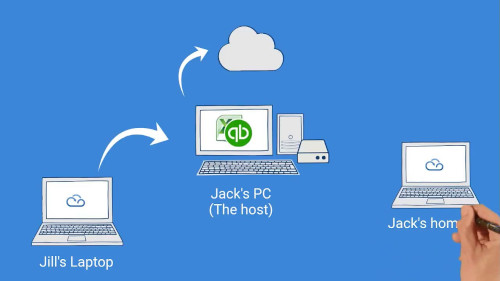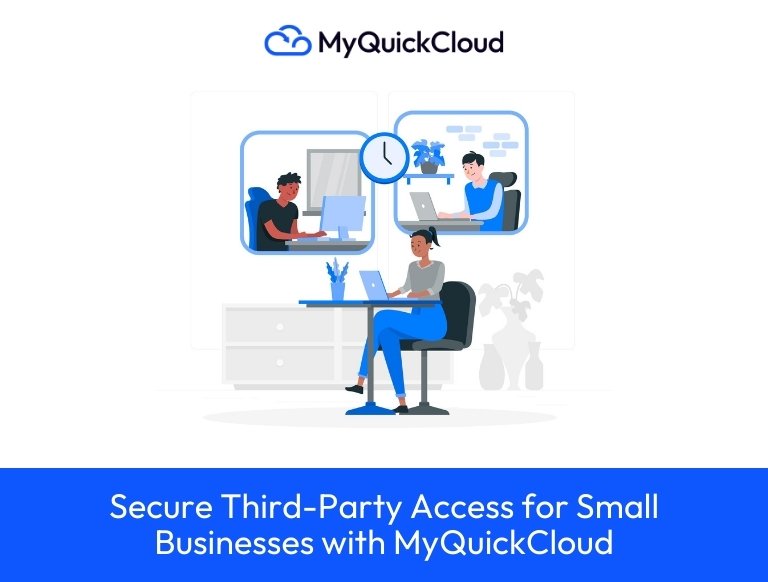‘The Digital Age’, ‘the Information Age’, ‘the Digital Revolution’… These are all names for the era we are living in today. Many aspects of our lives are shaped by the technology we use. Above all others, the development of the internet has been the most life-altering innovation.
In today’s workforce, these changes have become increasingly obvious. Current business models are very different than they were in the past. The question has been raised about whether technology is hurting or helping jobs. The real answer? It depends. But there is no doubt that it is absolutely necessary for professionals and businesses alike to stay abreast of new technologies in order to thrive.
Why is Technology so Important?
Over the past 73 years, the world has undergone rapid change. The first transistors were developed in 1947, which set the stage for all of the digital technologies available to us today. Computing power and information storage grew exponentially. Mobile technology started to develop, and the Internet was invented.
Soon, private entities and consumers gained access to innovations that were once reserved for researchers and the military. Ever since then, the world has become a very different place. Almost everyone in the developed world has advanced technologies – quite literally – at our fingertips.
It goes without saying that technology has facilitated massive shifts in society. From individuals to entire economies, globalization means that our world is more connected than ever. Tech has continued to evolve to keep up with the accelerated rate of change.
Our professional relationships and career prospects have changed drastically as a result of these shifts.
Staying informed on technology is important because it’s now the foundation of how society operates.
Some people fear the effects of technology on the job market, namely automation, but there is no doubt it has provided countless benefits to mankind.
Presently, the most profitable businesses are those that take advantage of new technologies. The corporate culture has changed to embrace remote working – thanks to modern technologies. Cloud computing facilities have come in to facilitate employee’s access to company resources regardless of their location.
Ways Tech Has Affected the Workplace
Technology has not only provided disruption but also opportunities for companies to achieve their goals. It has changed the way that organizations work and hire. Being the largest workforce, millennials have made a significant contribution to the increase in freelancers and the ‘gig’ economy.
When combined with cloud technology companies have found the key to an organized, up-to-date, and successful digital workplace.
Here are some ways that tech is reshaping the current workplace.
Communication
Smartphones, social media networks, and chat applications have created a revolution in workplace communication. While emails remain to be the primary mode of office communication, chat, texts, and video conferencing are expanding. Face-to-face meetings have been replaced with apps like Skype, Slack, or WhatsApp.
Communication among employees is now faster, collaborative, unified, and deliberate.
Project Management
The increase in connectivity among co-workers, managers, and companies has encouraged collaboration in workplaces. A team member’s location is no longer a hindrance to communication. Teams can stay in touch and have real-time updates on project progress and performance.
Additionally, innovative solutions like project management software have increased productivity and efficiency by streamlining workflow processes. Work automation and task scheduling ensure timely delivery of assignments. The quality of work has improved over time as organizations are able to carry out risk assessments and avoid pitfalls that may cause project failure.
Security
With businesses becoming primarily digital, there’s an increased risk of encountering security vulnerabilities. Thankfully, there are plenty of ways to mitigate those risks and secure your data, and that of your company.
The use of facial recognition, fingerprint, and two-factor authentication, are some of the system security measures in modern workplaces. They provide quick and accurate identification and authentication. Nowadays, companies demand highly efficient security systems to prevent spoofing and for password management.
Cloud computing has also brought new opportunities for breaches, threats, and attacks. It’s no longer a luxury to employ data loss prevention solutions to prevent business, customer, and employee data from being stolen. To avoid account takeovers and other forms of cybercrime, cloud computing technologies have made it possible to have end-to-end data encryption.
Cost Management
Every company is concerned about the bottom line. Tech innovations have brought cost-effective solutions to increase profitability. SaaS tools are major contributors to workplace automation. The manual work process can now be eliminated wherever possible reducing the number of people handling the tasks. Besides, the level of accuracy has increased with automated processes.
Remote work has also reduced the cost involved in running physical working spaces lowering business costs. From electricity to insurance, rent, water, office supplies, among others. Remote workers have been estimated to save companies up to $11000/ employee annually. Also, company productivity was found to increase by 85% by creating flexible work schedules.
Currently, water cooler moments are replaced with Slack messages and web conferencing tools. As a result, travel expenses have significantly reduced. 75% of senior executives say that video conferencing has reduced their work travel.
Customer Experience
It’s easier than ever to manage the relationship with your customers and improve their experience.
Technology has opened up new markets giving businesses a global audience. Today’s customers need to be offered a personalized customer experience. CRM systems, data analytics, and digital marketing tools have made customer service and outreach more personalized and effective. Having an agile IT infrastructure is every company’s top priority.
Today’s consumer expects real-time responses from companies. Technology has made it possible to satisfy this instant gratification need by remaining accessible at all times. Live-chat tools, 24/7 customer support, problem docketing, etc. have helped build lasting customer relationships.
Seamless user experience is the key to retaining your customers. Cashless payments and refund systems have largely contributed to creating better customer experiences. Social media platforms have also empowered customers to demand excellent services from a business. One negative feedback review on social media can bring down a brand putting pressure on the customer service team for A-1 delivery.
Tech has unquestionably amplified customer service through instant communication and improved connectivity.
How can Technology be Improved in the Workplace?
Increase the use of video in communication
The defacto way of workplace communication is emails and messaging.
Emails don’t express emotion or personality. With millennials taking over the workforce, more effort should be put in ensuring employee engagement. Creative expression nurtures millennials and helps them remain engaged in their career.
Video content has created a revolution in today’s mode of communication. It is a dynamic and engaging communication tool that fosters authentic communication. With 73% of all teams being remote workers by 2028, it should be considered in the workplace.
Adopt voice technology
Voice technology is one of the greatest innovations of the 21st century. From Siri to Alexa, and Cortona, our day-to-day activities have been made easier with voice commands. 40% of millennials would like to launch voice and video meetings by issuing a command to a voice-activated VA.
Conclusion
We have a substantial amount of technology at our disposal.
As with many things, the key is in how we use these resources. It’s easy to get swept away with the tech available to us, dive in headfirst, and drown in the sheer volume of options. There is a beauty in simplicity – using only as many programs and apps as necessary to reach peak efficiency. One of the worst things you can do for your business is to bog yourself down with too many apps. Tech for tech’s sake leads to poor customer and employee experience.
That said, there is no guessing the potential of technology growth in the workplace. One thing for sure is that businesses should embrace to create more efficient and productive workplaces.





